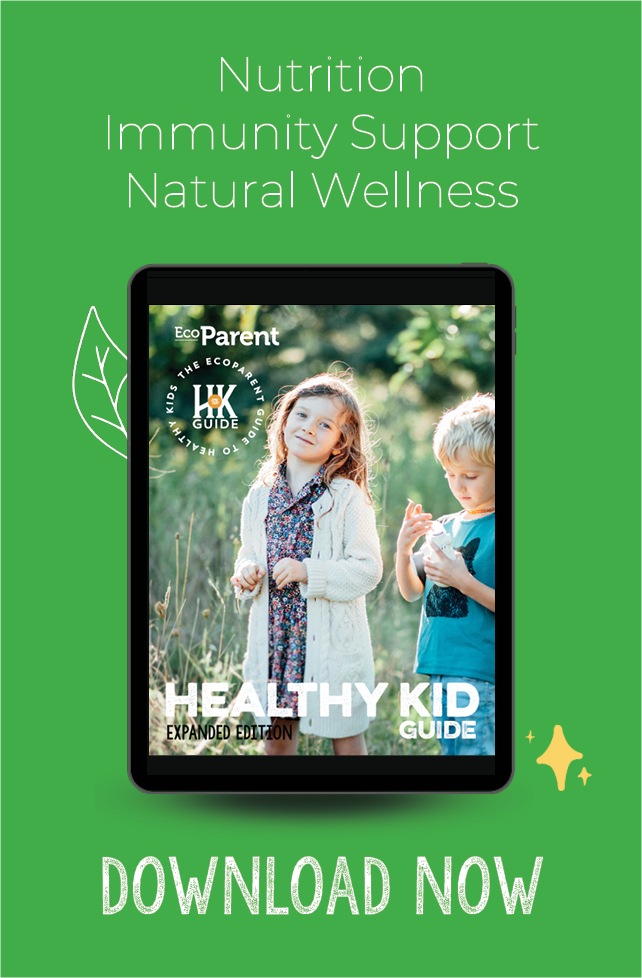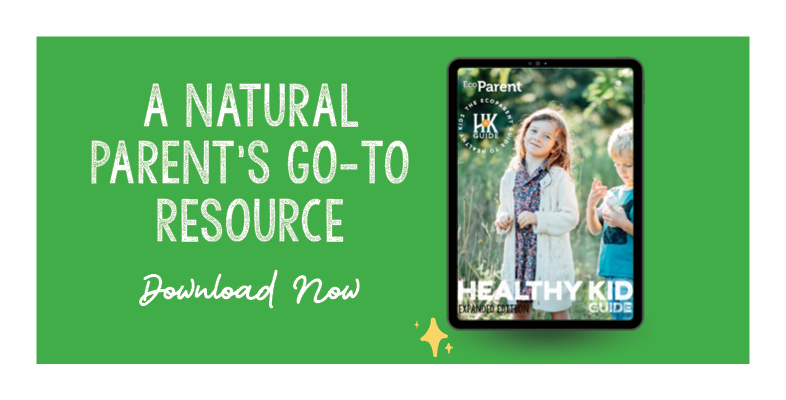Mental health, depression, anxiety—we hear these terms all the time, but how well do you truly understand them? If you have a hard time understanding mental health, you might not feel confident enough to speak to your child about it. Since anxiety and depression are among the top four most commonly diagnosed mental disorders in children, parents need to familiarise themselves with these conditions. Let’s explore anxiety and depression together and work towards feeling comfortable and confident talking with your kids about their mental health.
Over the years, we have become increasingly aware of the importance of mental health. Thankfully, mental health is gaining more recognition worldwide, leading to more diagnoses. Despite this growth, more than 40 percent of people with depression experience this condition before adulthood, but it remains undetected and untreated.
MENTAL HEALTH—DID YOU KNOW?
-
There’s been a 34% increase in self-reported symptoms of depression since 2001
- Female adolescents are more likely than males to report symptoms of depression
- Anxiety disorders, as a group, are the most common mental disorders affecting children and adolescents
- Females aged 15–17 are two times more likely than males of the same age to be hospitalised for mental health
- There’s been a steady increase in the use of mood and anxiety medication by children and youth aged 5–24 in the past five years
These statistics can be daunting, and as a parent, you might be wondering, how can I help? Understanding how to recognise signs of depression and anxiety in your child can have a tremendous impact on their health and well-being by getting them the professional help they need.
DEPRESSION
Being able to recognise the signs of depression, not just in yourself but in those around you, can help people find support and treatment faster. Some key characteristics of depression can include:
- Changes in appetite
- Weight loss
- Sleeping difficulties
- Slowing down mental and physical activities (e.g., losing train of thought, speaking slowly, moving slowly, etc.)
- Racing thoughts and restlessness (e.g., pacing, fidgeting, speaking quickly, etc.)
- Fatigue or loss of energy
- Excessive or inappropriate guilt or feelings of worthlessness
- Indecisiveness
- Inability to concentrate
- Recurrent thoughts of death or suicidal ideation
Compared to adults with depression, children and teens may be more likely to have irritability and fluctuating mood, physical concerns related to depression, and social withdrawal. In kids younger than 10 years, we see more physical symptoms like tummy aches, restless movements, and even hallucinations/visions as compared to older kids.
ANXIETY
Anxiety can be challenging to discern because a certain level of stress, fear, and worry is a normal human response; however, you can use symptoms to help determine if your child needs more support for their anxiety. Some symptoms of an anxiety disorder are:
- Hyperarousal (e.g., being nervous, scared, irritable, or agitated)
- Avoidance (e.g., clinging to avoid separation, avoiding places where the focus of fear may be encountered)
- Thoughts reflecting cognitive distortions (e.g., repeatedly asking worried questions, seeking reassurance, or making “what if” statements)
- Physical symptoms, such as muscle tension, headaches, racing heartbeat, shortness of breath, and stomach aches
- Panic attacks (e.g., sweating, feeling short of breath, choking sensations, chest discomfort, nausea, dizziness). Children or adolescents may fear future attacks and subsequently avoid situations they associate with them
Ultimately, everybody is different. Some children are naturally more introverted and quieter, and others are more high-energy. As their parent, you know them best. The key is to be aware of changes in behaviour, thoughts, and/or actions that stray from their norm.
No doubt talking with your child about emotional topics, such as their mental health, can feel uncomfortable. This can be due to the stigma involved, lack of information, or even fear of blame. Having regular conversations (now) about mental health is a great way to help decrease this stigma and increase comfortable, open dialogue for you and your children.
TALKING ABOUT IT
1. Use Analogies
Use words and comparisons that your child will understand. Explain that, just like any other part of our body, sometimes our brain doesn’t feel well. The brain controls our feelings, thoughts, and behaviour, acting like a remote control for the body, so when it’s not feeling well, things can malfunction. But, like other medical problems, there are things we can do to help our brain feel better.
2. Provide Concrete Explanations
Children are very smart and extremely curious. Do your best to explain what is going on. Kids can understand mental health issues better if they have a concrete explanation.
3. Be Sure They Know It Is Not Their Fault
Help your child see that mental health conditions are common and that it’s not an indication that something is wrong with them. If mental illness runs in the family, you can share this with them.
4. Have Frequent Conversations
Creating an open and frequent dialogue can help your child feel more comfortable confiding in you when it comes to their mental health. Like anyone, children can feel ashamed to talk about their feelings, especially when it might feel scary for them. Listen to them, ask them questions, and empathise with them to the best of your ability.
5. Discuss Self-Care & Prevention Strategies
Teaching your child about self-care and how to implement it can be imperative in reducing their symptoms and preventing relapses. Practicing these activities together can also be a great way to bond with your child and help develop healthy habits. This might include eating well-rounded meals, drinking adequate water, exercising regularly, improving your sleeping habits, meditating, and practicing gratitude.
Remember, you are not expected to be an expert in this area. There are countless professionals and resources all around that you can lean on. The first steps to helping your child are to gain awareness, become educated, get comfortable with discussions, and discover tools that you can use to make it easier for you and your child. You don’t have to be perfect; you just have to start.









